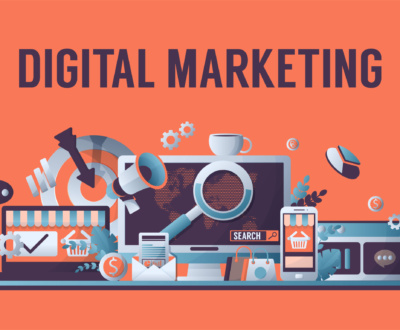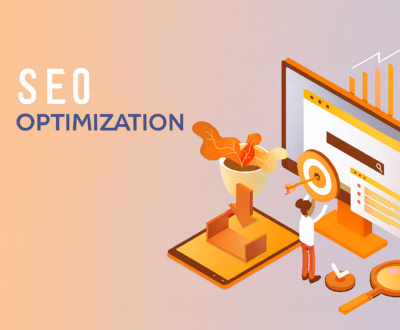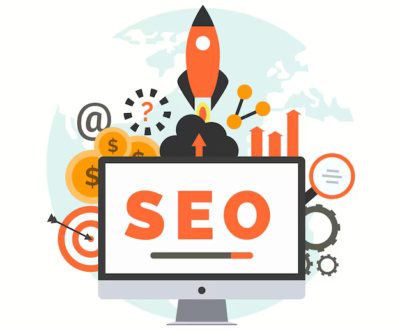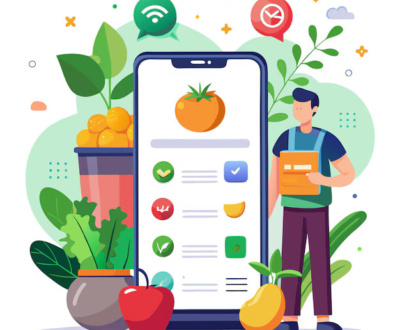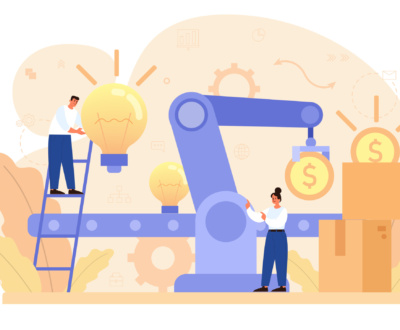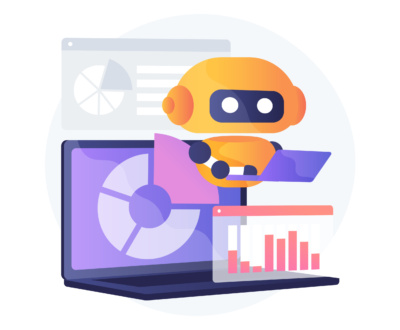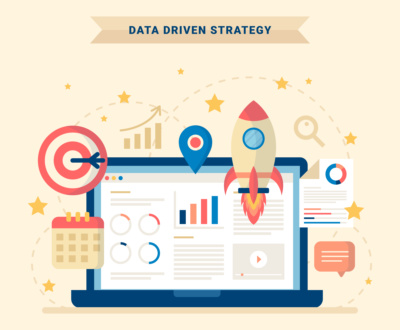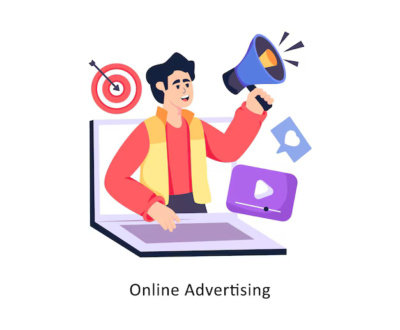Digital Marketing in 2025: From AI to AR, The Next Big Shifts
- September 10, 2025
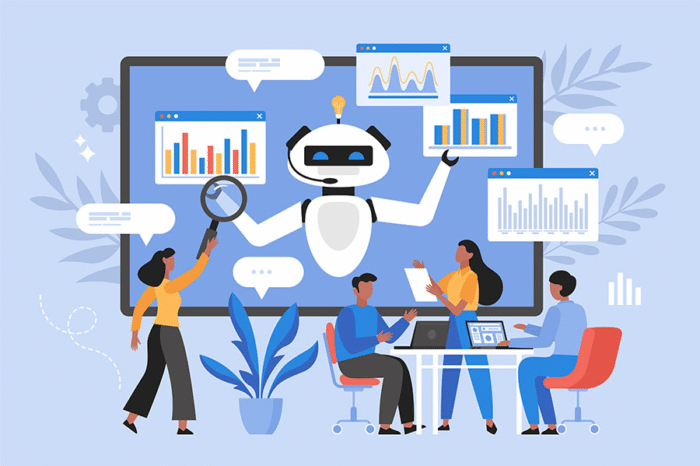
The biggest digital marketing shifts in 2025 are transforming how businesses reach, engage, and convert customers. Key trends include AI-powered campaign automation (80% adoption rate), AR-driven customer engagement (3x conversion boost), programmatic advertising evolution, omnichannel marketing integration, privacy-first advertising strategies, voice commerce optimization, and predictive analytics driving 40% higher ROI.
Picture this: a digital marketing campaign launches at 9 AM. By noon, AI has automatically optimized ad spend across 12 channels, AR product demos have increased landing page conversions by 200%, and predictive analytics have identified tomorrow’s highest-value prospects.
By 2025, over 80% of digital marketing campaigns will operate with minimal human intervention, while AR technology transforms how customers interact with brand content. This isn’t a distant future—it’s the reality reshaping digital marketing today.
Digital marketing professionals navigating 2025 must master emerging technologies that automate, personalize, and optimize campaigns at unprecedented scale. Companies like 1into2 Digital are pioneering these approaches, helping businesses leverage cutting-edge digital marketing technologies that redefine customer acquisition and retention strategies.
The Seven Game-Changing Shifts Reshaping Digital Marketing
1. AI Campaign Automation Revolutionizes Digital Marketing
AI reduces campaign management time by 75% while increasing digital marketing ROI by 45%. Today, programmatic AI manages $150 billion in ad spend annually worldwide.
AI in digital marketing has evolved from simple automation to intelligent campaign orchestration. Current AI solutions manage bidding, audience segmentation, creative testing, and multi-channel budgeting simultaneously. Digital marketing teams report 75% less time spent on manual optimizations, freeing them to focus on strategic planning and creative development.
- Google Ads can process 3 million signals per second during auctions.
- Facebook AI optimization raises conversion rates by 30% compared to manual campaigns.
This allows even small marketing teams to compete at enterprise-level sophistication. Implement AI-powered platforms like Google Performance Max, Facebook Advantage+, or comprehensive solutions like Optmyzr for automated bid management and creative testing across all digital marketing channels.
2. AR Content Marketing Generates Interactive Brand Experiences
AR marketing content generates 300% higher engagement than static ads, and interactive experiences increase purchase intent by 70% across marketing funnels.
It transcends traditional advertising by creating interactive brand experiences within campaigns. Using AR-based landing pages, social media filters, and email marketing tools, brands convert passive content consumption into active customer interaction.
Real-world examples:
- Real estate campaigns using AR property tours see 40% longer session durations.
- Fashion e-commerce brands with AR try-on functions report a 25% reduction in returns and 35% higher average order value.
- B2B companies using AR product demos achieve 50% higher qualified lead generation.
Integrate AR with WebAR applications like 8th Wall, design branded AR filters for social media campaigns, and implement AR product visualizers in email marketing chains.
3. Precision Targeting Improved with Programmatic Advertising Evolution
By 2025, 85% of digital display advertising will be programmatic. AI-enhanced audience segmentation improves targeting accuracy by 60%.
Programmatic advertising has evolved beyond demographics. Advanced algorithms now analyze real-time behavior, purchase history, content consumption patterns, and cross-device activity to create hyper-specific segments.
- Demand-side platforms (DSPs) handle 10 million bid requests per second, assessing audience fit, creative relevance, and conversion probability.
- This evolution enables precision targeting beyond traditional methods.
Use platforms like The Trade Desk, Google Display & Video 360, or Amazon DSP for sophisticated audience modeling and real-time campaign optimization.
4. Omnichannel Integration Brings Customers Together
Omnichannel strategies increase customer lifetime value by 90% and demonstrate 35% higher retention than single-channel campaigns.
Digital marketing in 2025 requires seamless integration across email, social media, search, display, video, and emerging channels. Customer Data Platforms (CDPs) consolidate touchpoints, enabling personalized messages that adapt to cross-channel behavior patterns.
Omnichannel campaigns synchronized across 10+ touchpoints achieve 89% higher customer satisfaction. Modern marketing attribution models track journeys spanning 15+ interactions before conversion, revealing the true impact of each channel.
Implement CDPs like Segment, Adobe Experience Platform, or Salesforce Customer 360 to unify customer data and enable coordinated messaging.
5. Privacy-First Online Advertising Develops Consumer Trust
First-party data strategies enhance targeting efficacy by 60% and ensure compliance. Cookieless advertising platforms retain 80% of conventional targeting accuracy.
Privacy-conscious marketing relies on zero-party data (directly provided by customers) and contextual advertising that targets based on content relevance rather than behavioral tracking.
- Value exchange-based email lists see 45% higher engagement.
- Contextual campaigns perform similarly to cookie-based targeting while building consumer trust and brand loyalty.
Develop first-party data strategies through interactive content, surveys, loyalty programs, and progressive profiling. Use contextual advertising for privacy-compliant audience targeting.
6. Voice Commerce Marketing Wins Increasing Search Volume
Voice commerce sales are projected at $40 billion annually, with 45% of consumers using voice search for product research.
These search queries are typically 7+ words versus 3-word text searches, requiring natural-language and question-based optimization. Voice-activated marketing enables direct purchasing, streamlining conversions within campaigns.
Optimize content for conversational keywords, implement voice search schema markup, and create voice-optimized landing pages that answer common customer questions.
7. Strategic Decisions Powered by Predictive Customer Analytics
Predictive analytics improve campaign ROI by 40% and make retention marketing 55% more effective.
Machine learning algorithms forecast customer behavior, timing, channel preferences, and content likely to drive conversions. Predictive tools enable:
- Predictive lead scoring → 50% more efficient sales
- Churn prediction → recover 30% of at-risk customers
- Optimized budget allocation → 25% better cost-per-acquisition
Use Salesforce Einstein Analytics, Adobe Analytics AI, or Google Analytics Intelligence to forecast campaign performance and optimize marketing spend.
Advanced Digital Marketing Technology Stack for 2025
1. Marketing Automation: HubSpot, Marketo, Pardot
2. Customer Data Platforms (CDPs): Segment, mParticle, Treasure Data
3. AI Optimization Tools: Optmyzr, Acquisio, WordStream
4. Analytics & Attribution: Google Analytics 4, Adobe Analytics, Triple Whale
5. Dynamic Ads & Robotics: Bannerflow, Creatopy, Celtra
6. AI Email Marketing: Klaviyo, Mailchimp, SendGrid
The 1into2 Digital Advantage
Forward-thinking agencies like 1into2 Digital help brands integrate AI, AR, and predictive analytics into comprehensive strategies. From AI-powered campaign optimization to AR-enhanced content, 1into2 Digital ensures brands leverage emerging technology while maintaining authentic customer connections and measurable growth.
Conclusion: Transform Your Digital Marketing for 2025
The future of digital marketing requires immediate action on AI automation, AR integration, and privacy-first strategies. Businesses implementing these innovations will dominate tomorrow’s landscape with superior customer experiences and efficient campaigns.
Success in 2025 belongs to marketers who:
- Master AI for campaign automation
- Leverage AR for immersive customer engagement
- Implement data-driven strategies that respect privacy
The change isn’t coming—it’s already here. The question isn’t whether these shifts will impact your business—it’s whether you’ll lead the evolution or struggle to catch up.
Start implementing these strategies now to position your brand for unprecedented growth in the AI- and AR-driven future of digital marketing.
FAQs
The future will be AI-driven automation, AR experiences, sophisticated programmatic advertisements, integrative omnichannel, and privacy-led approaches, making use of personalized and optimized customer experiences.
AI will automate the majority of campaign procedures, rise ROI by as much as 45 percent, and manage real-time optimizations, permitting marketers to concentrate on strategy and customer dynamics.
Combining AI automation, omnichannel integration, predictive analytics, AR content, and voice search optimization drives maximum engagement and conversions.
Invest between 35 and 40 percent of your marketing budgets in AI and automation tools, beginning with tools such as Google Performance Max or Facebook Advantage+ to gain quantifiable efficiency.
Interactive landing pages, social AR filters, AR product visualizations in emails, and programmatic AR ads — boosting engagement by up to 300% and purchase intent by 70%.


